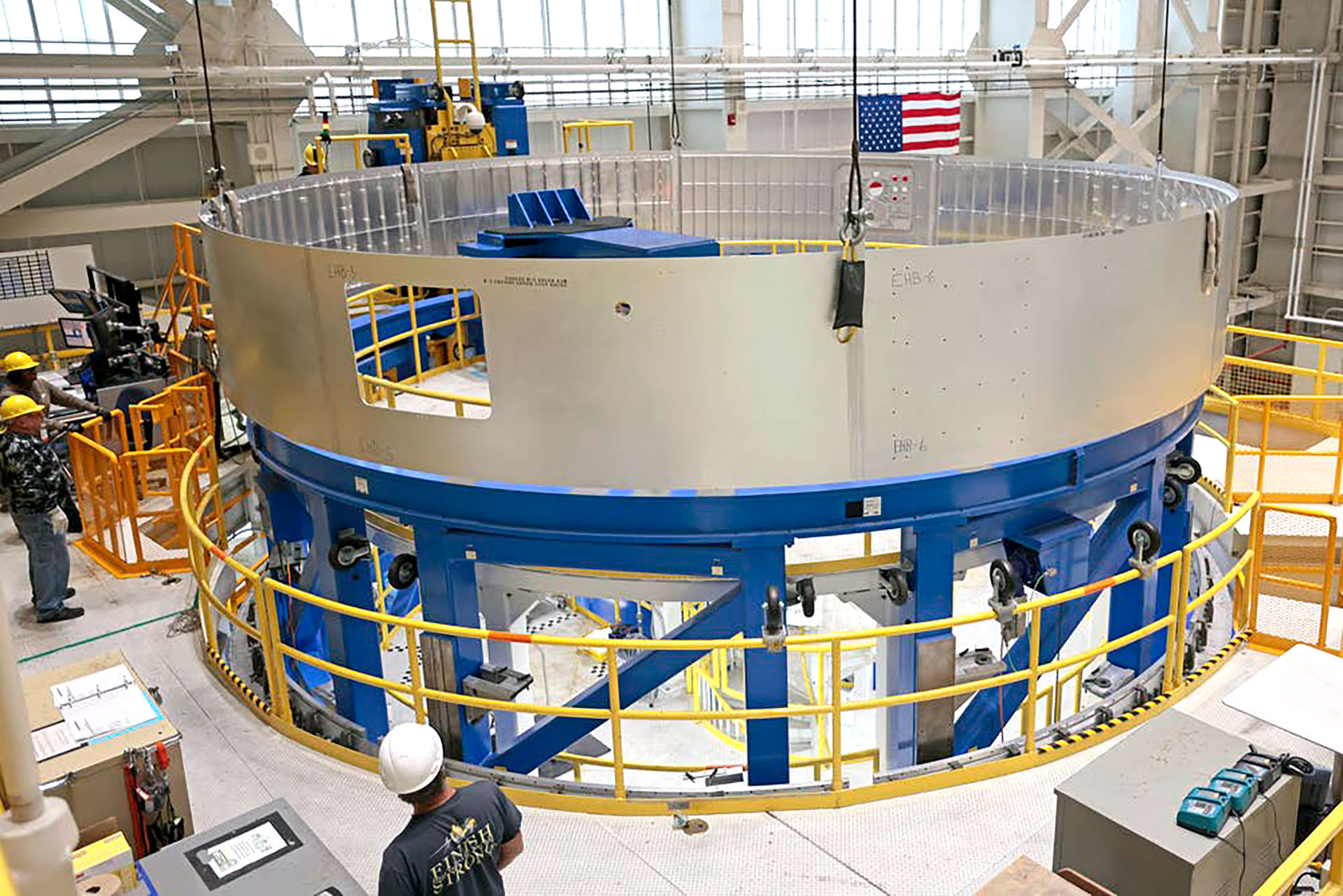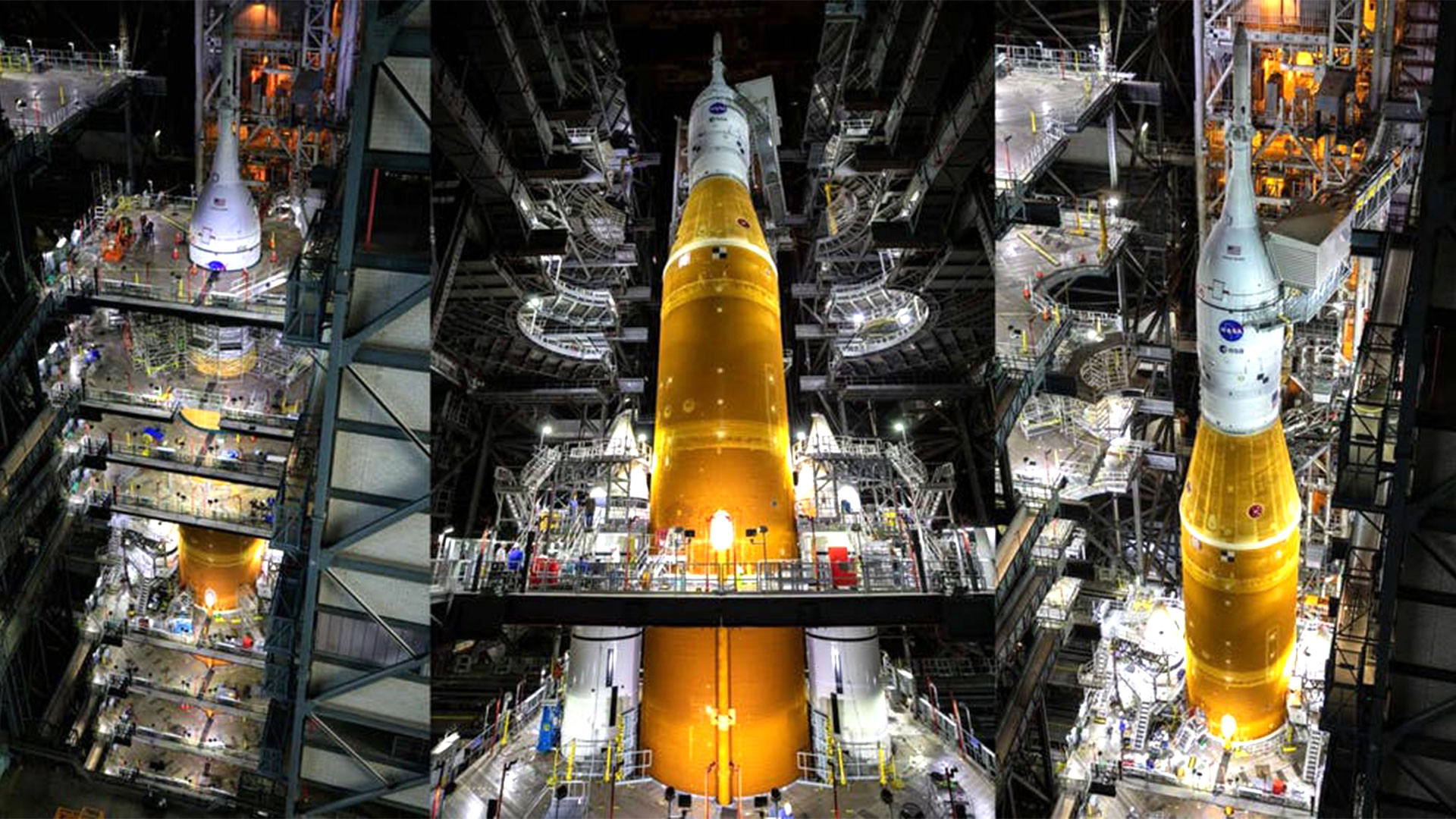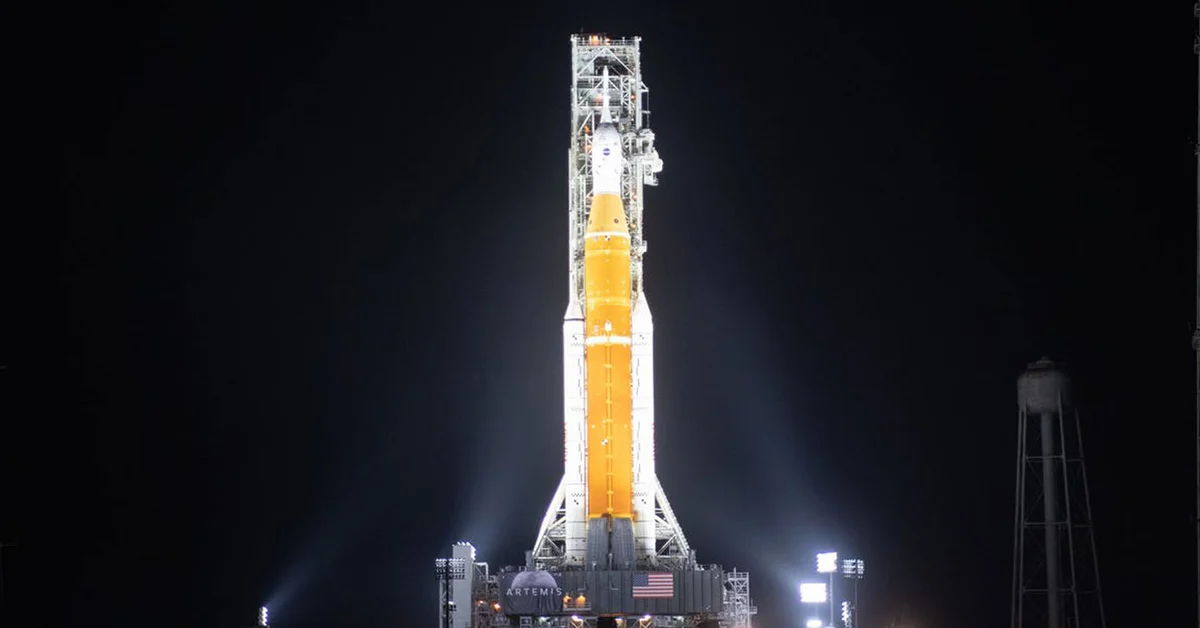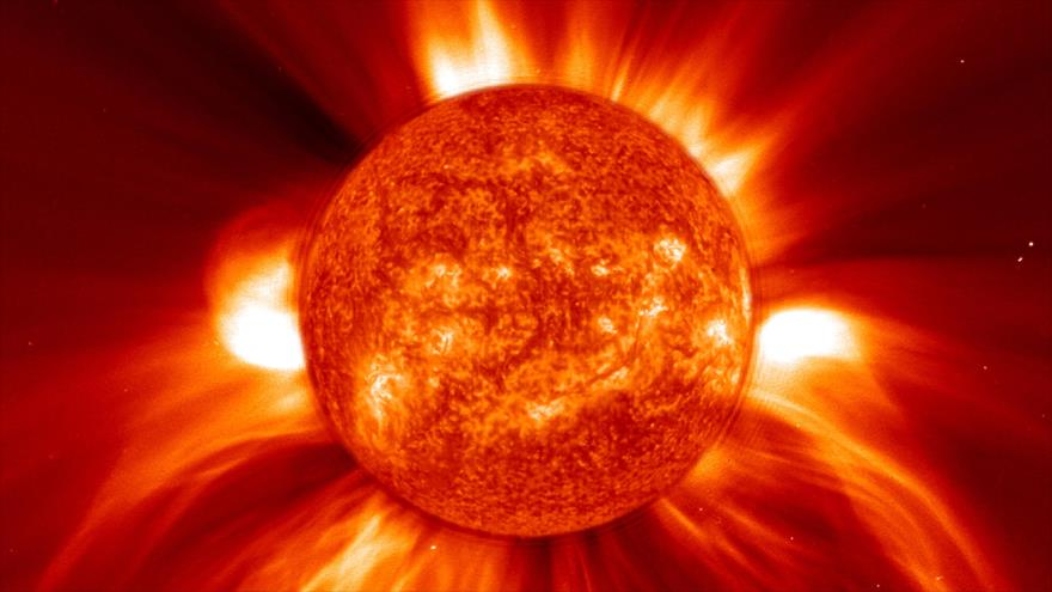Monday, June 20, at 2:40 pm local time in Cape Canaveral, Florida. The SLS rocket will pass, if all goes well, its last fire test. It will be on the 39B launch pad, from which the legendary Saturn V took off in 1969 with Apollo 10 and landed on our natural satellite. Now he is Space launch system Takes his place. In this experiment, the Wet dress rehearsalIt will be Finally, before the hopeful giant takes us to a place we should not leave: the moon.
What will be tested?
The Wet dress rehearsal This is a rehearsal of all the activities that will be carried out before a start. Fuel and oxidizer are cryogenic, so they cannot be stored on the rocket and must be charged before being lifted off. D – The loading process will be tested on June 20, with up to 10 seconds of pre-operation. If SLS surpasses them, everything will be ready for the first release of the program ArtemisNASA’s ambitious goal is to get humans back on the moon.
In the case of SLS, some 2.6 million liters between oxygen and liquid hydrogen; Amount of momentum required to orbit the Moon (Artemis I mission does not land on the Moon). That amount does not fit exactly in the six-foot-deep Olympic pool.

A heavyweight to deal with Titanic missions
SLS is a giant company. It belongs to the category of super heavy launchers required to deal with Titanic missions such as going to the moon or Mars.
Startups are generally estimated based on how many kilograms or tons they can put in low orbit (LEO). Low Earth OrbitUp to about 1,500 km) and can be placed on LEO over 50 tons are considered super heavy launchers.
This is more than the heavy trailer you see on the road packed to the brim. It was set to go at a speed of about 28,000 km per hour and orbit the earth.
SLS is even bigger. The first version, called the Black-1, was almost 100 meters high and weighed 2,700 tons, with a load capacity of 95t LEO. Two more versions are to come: Block-1B (105t in LEO) and Block-2 (130t in LEO) because 95t in LEO is not enough to fulfill NASA’s plans to return to the moon.

It is planned to put humans on the moon by 2025
Mass transmitted to the moon (charge in TLI, Trans lunar injection) Is significantly less than what can be uploaded to LEO. In this case, the different versions of the SLS are approximately 27t, 40t and 45t and up in TLI Every kilo will be crucial for ambitious projects to set foot on the moon againPreviously established an orbital station around it, Gateway, Go down from it and go up to its surface. If all goes well, this will happen in 2025 as part of the Artemis III mission.
SLS is for the Artemis project Saturn Vs. Was The Apollo Project. Also, even if you think Saturn must have surpassed V too much for over 50 years, in reality it is not. Globally, the load capacity of both launchers is very similar to both LEO and TLI. That is, if we talk about the Black-2 version of the SLS, the launch pad is still a long way off.
SLS had to pass several litmus tests, and they were politically motivated
It may seem strange, but in these topics Politics plays a fundamental role and the situation is completely different now than it was in the sixties of the last century. Behind Kennedy’s famous “We choose to go to the moon” speechThe United States was a nation with a common goal of national pride Crazy The equivalent of two-thirds of Spain’s annual general budget must now travel. Today this is not the motivation. With the change of Democratic and Republican governments, space programs and launchers are mutually canceled by changing political identities, and the total approved investment is ten times less. Thus, until now, the path of the SLS has been one of bombardment.
Semi-recycled rocket
Behind Colombia disaster,, NASA had to restructure its entire strategy. He needs an organization to take the astronauts to the International Space Station (ISS) Wanted to change the spacecraft and improve its deep space program. The answer was program ConstellationAres I launchers for manned transport to LEO and Ares V. for lunar and Mars missions.
After accumulating many costs and delays, the project was canceled in 2009. But after pressure from companies involved in the construction of the arena, the galaxy project led to the space launch system.
After the precursors, the SLS should be built in a short time and have a moderate cost From the existing components, it was basically decided to start On the spacecraft. Surplus RS-25 engines of the spacecraft and their Stimulant (Lateral rockets that came with the legendary orange tank) will serve as the basis for the new ones.
It was intended to be operational before 2017, but despite all the “facilities”, the project continues to accumulate delays and costs.

The first release is scheduled for August 2022
The first release is expected to be August 2022, More than five years earlier than originally planned. It would not be unreasonable to think that NASA’s contract theory for this project was one of the many factors that contributed to this. Cost Addition AgreementThat means NASA allocates budgets to contractors, but also takes care of the extra costs to them.
Honestly, Higher costs and delays have brought the project closer to a funding shortfall, And given the high cost of each launch (which is difficult to estimate, but estimated to be around two billion per launch), it seems likely that the SLS, with the exception of the Artemis, will have a short ride, especially compared to other alternatives. Even his iconic work for the outdoor solar system, Europe Clipper, Provided by SpaceX’s Falcon Heavy. Are currently There have been several attempts to make this possible beyond the Artemis project, but to do so would greatly reduce the cost of a release.
However, despite all the difficulties, the Artemis project takes shape through this colossus, if nothing else, Beginning in August, we will begin to re-experience the feeling of seeing how the path to the moon is structured through various missions..
It is possible Watch the rocket live Wet dress rehearsal Scheduled for June 20th.
Continue reading:


:quality(85)/cloudfront-us-east-1.images.arcpublishing.com/infobae/233NECBFUZDNRFGUHCVI4DLGK4.jpg)


